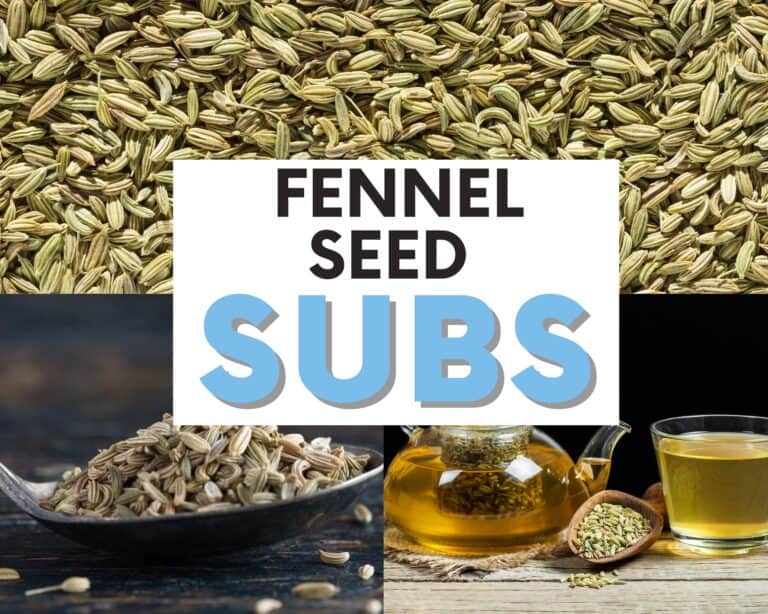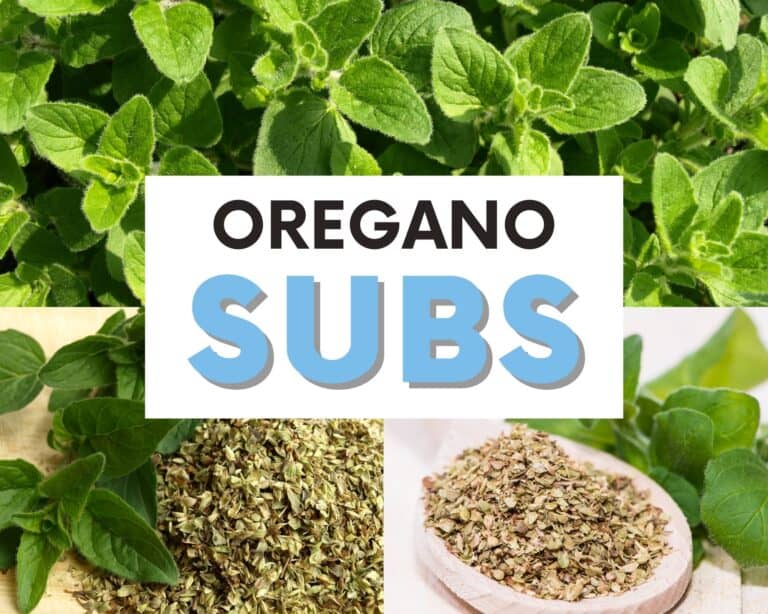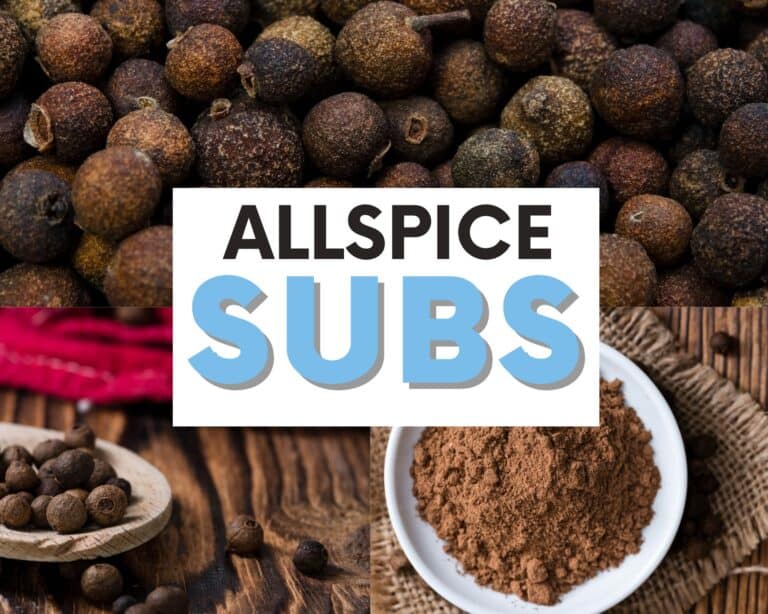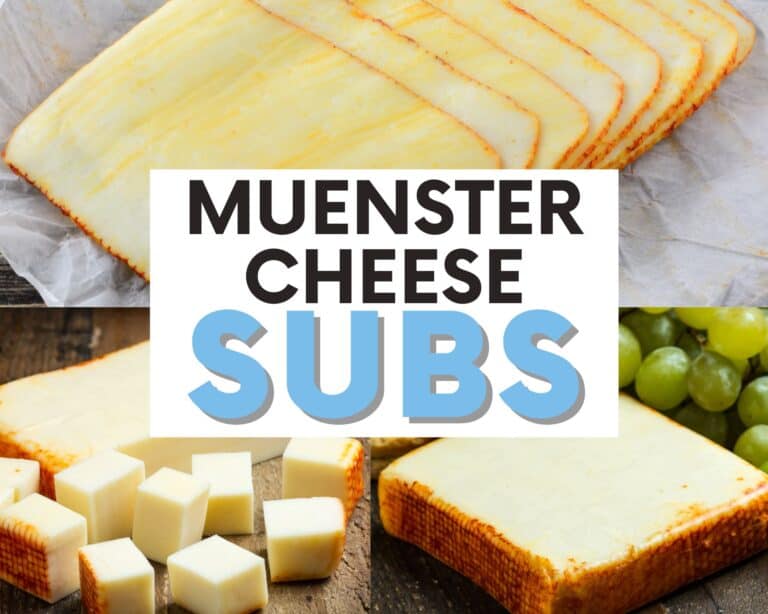The BEST Shrimp Paste Substitutes That Work Like The Real Deal
This post may contain affiliate links. Please see my disclosure policy for details.
If you have ever cooked with shrimp paste, you know that it can be an exciting ingredient. It has a very distinct flavor that some people love, and others find to be too strong.
If you are in the latter camp, you may be looking for a shrimp paste substitute. Or perhaps you have run out of it and now find yourself shrimp paste-less!
Luckily, there are a few options out there that can give your dish a similar flavor. In this blog post, we will explore some of the best shrimp paste substitutes for home cooks.
Whether you are avoiding shrimp paste for dietary reasons or want to try something different, these substitutes will definitely do the trick!
But before we dive in we need to look at what shrimp paste tastes like so we can find the perfect alternative.
What Does Shrimp Paste Taste Like?
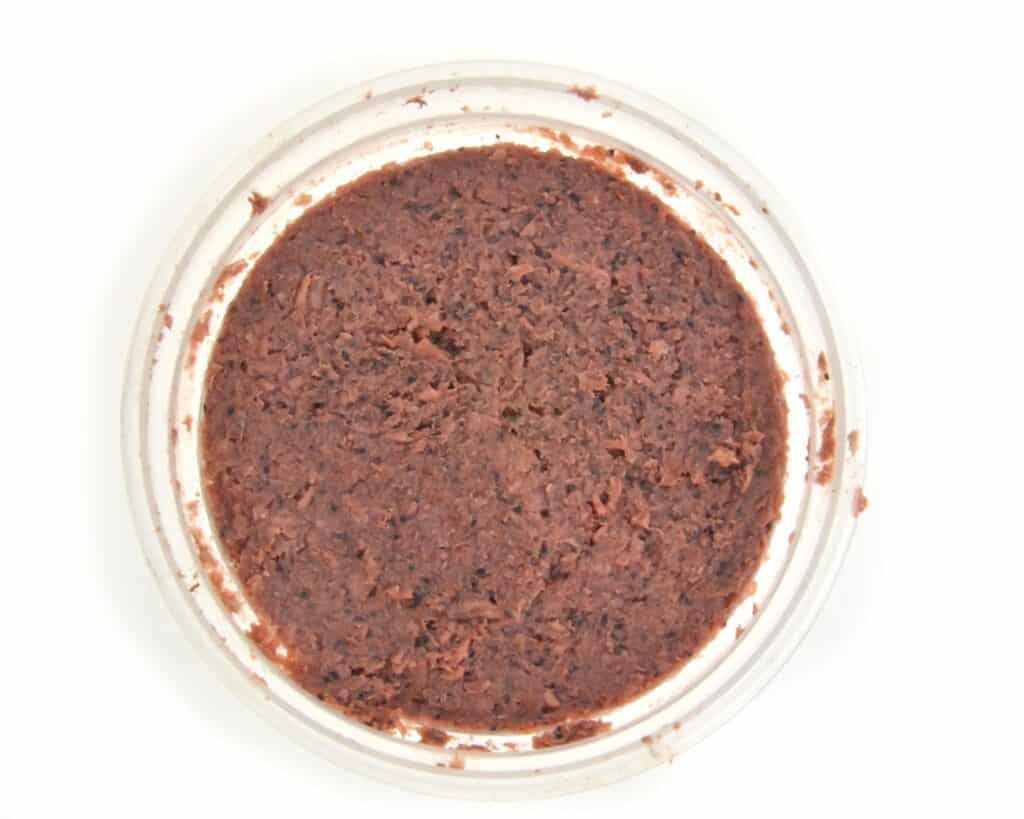
Shrimp paste is also known as bagoong, blacang, kapi, and terasi. It is an ingredient used in many Southeast Asian cuisines.
It’s made by grinding salted and fermented shrimp or krill into an intense, pungent paste. This condiment provides a unique flavor to dishes with its strong and salty taste.
Its earthy sweetness is described as slightly fishy yet piquant due to the fermentation process, which gives off a distinct aroma.
The texture of shrimp paste can range from chunky to creamy depending on how it’s prepared, making it a go-to ingredient for adding complexity to Thai, Chinese, and Indonesian cuisine.
Shrimp Paste Substitutes
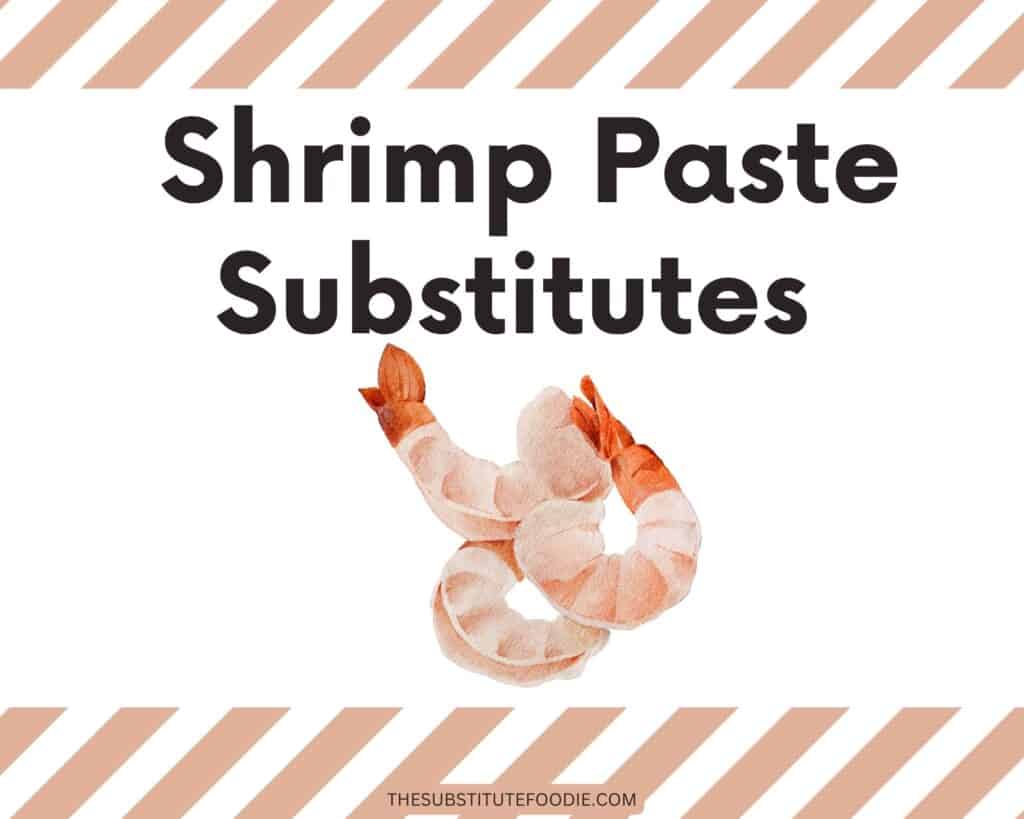
When it comes to traditional Southeast Asian cuisine, you’d be hard-pressed to find a dish that doesn’t rely on shrimp paste.
This flavorful condiment has been used for generations and provides a unique umami flavor that’s essential in many regional dishes.
However, finding the right substitute can be challenging, especially if you’re trying to accommodate any dietary restrictions or flavor preferences. We are going to go over several options, and I hope one hits it out of the park for you.
Anchovy Paste
Anchovy paste is the closest substitute to shrimp paste in terms of flavor. It has a similar salty fishiness that’s perfect for adding depth to dishes. Anchovy paste is made from salted and fermented anchovies, so it’s also great for those who are avoiding shrimp.
Anchovy Fillet
You can grab a can of anchovy fillets, and one mashed fillet would be equivalent to 1 tsp of shrimp paste. This is a great alternative if you can’t find anchovy paste.
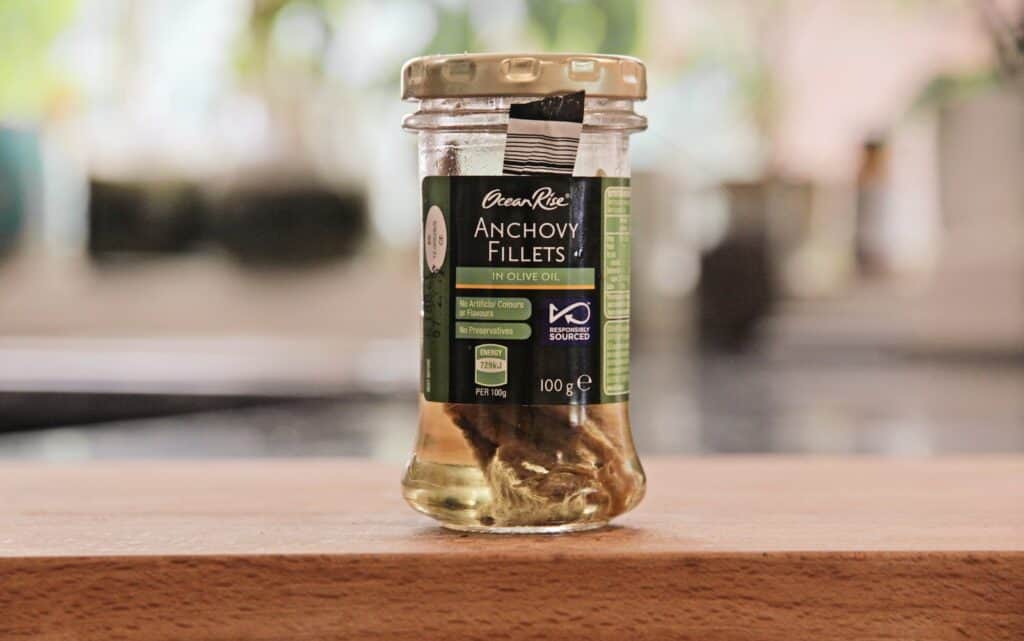
Fish Sauce
Fish sauce is a staple of Southeast Asian cuisine, specifically in Thai cooking. It’s made from fish that has been salted and fermented for several months before being strained.
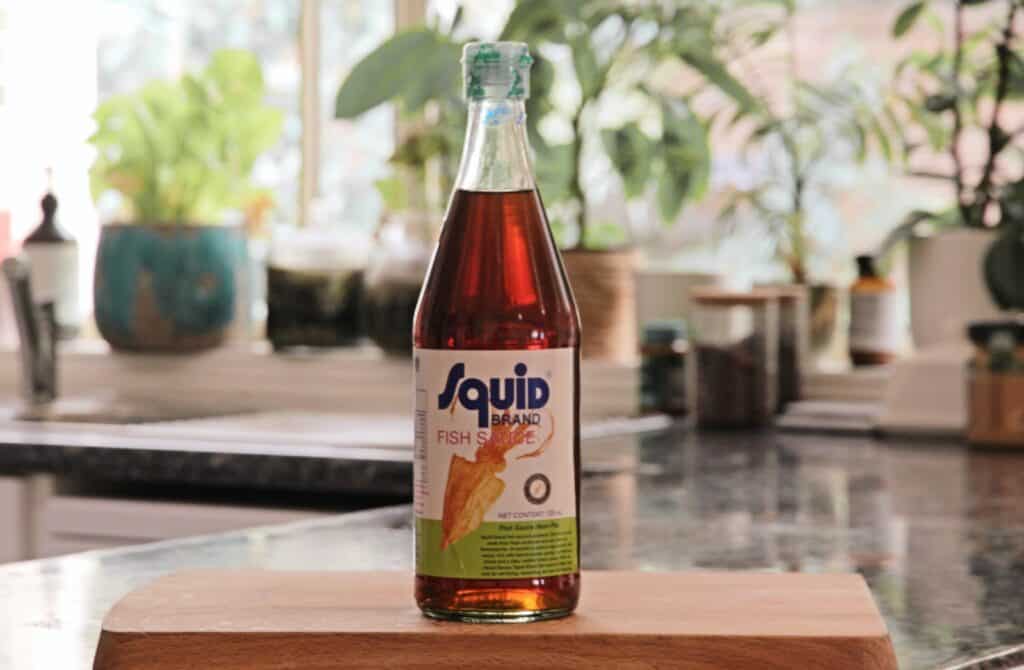
It has a salty, savory flavor that is similar to shrimp paste. It can be used as a substitute for shrimp paste in dipping sauces, marinades, dressings, and stir-fries.
Oyster Sauce
Oyster sauce is a popular condiment used in Chinese cooking, and it has a mild flavor. It’s made from oyster extract mixed with soy sauce, sugar, and sometimes other seasonings. It’s much milder than shrimp paste but still provides an umami flavor to dishes.
Miso Paste
Miso is a Japanese fermented paste made from soybeans, salt, and koji (a type of fungus). It has a strong flavor with a slight sweetness and umami taste.
Miso can be used in place of shrimp paste to add depth to dishes such as soups, marinades, and sauces. But miso does lack that fishy taste that you get from shrimp paste. This is also a good option for vegans.
Bonito Flakes
Bonito flakes are thin, dried slices of bonito fish that have been shaved into curls. They add a delicate and slightly smoky flavor to dishes and are often used in Japanese cooking.
Bonito flakes can be used as a substitute for shrimp paste because it provides a similar depth and umami fish taste without being too overpowering.
Soy Sauce
Let’s say you are out of all those other options. Your best bet is to use some soy sauce or a soy sauce alternative like coconut aminos.
Soy sauce is a salty condiment made from fermented soybeans, wheat, and salt. It’s used in many Asian cuisines as a seasoning for sauces, marinades, stir-fries, and soups.
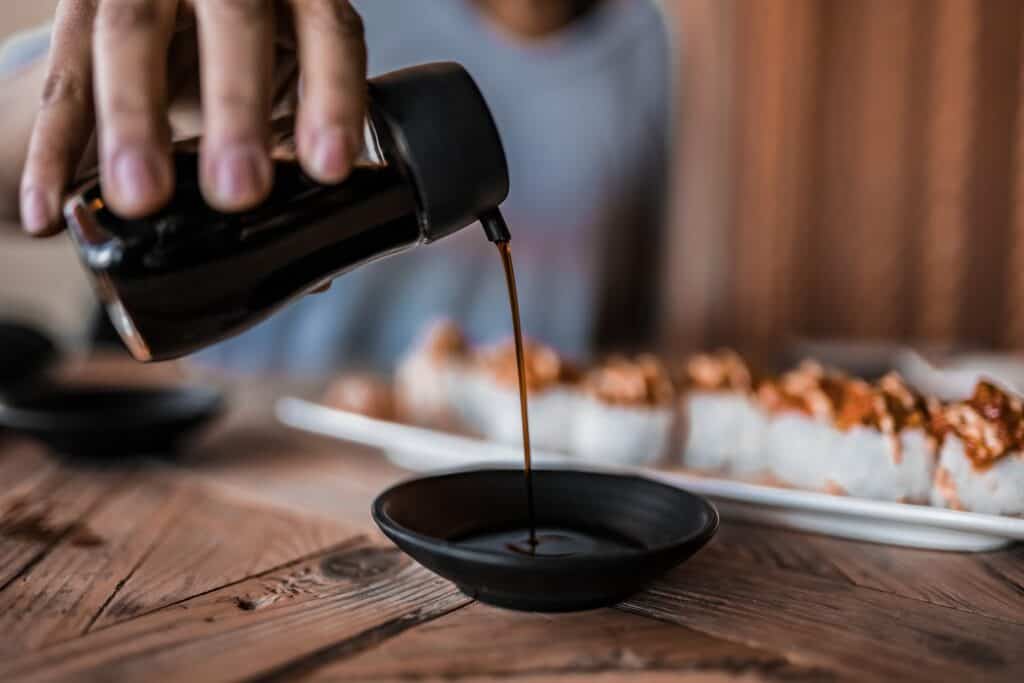
Although it does not have the same intense fish flavor that shrimp paste does, it can still provide some depth and saltiness to dish.
There are different kinds of soy sauces as well, ranging from light to dark. The dark soy sauce tends to be a sweeter and deeper flavor than the light version.
What I Don’t Recommend As A Substitute For Shrimp Paste
It can be easy to try out different pastes in hopes we find a good swap for the shrimp paste. But there are just some we need to steer clear from. Here are a few shrimp place replacements I would steer far, far away from.
Tomato Paste
Tomato paste is a concentrated form of tomato flavor that can be used in sauces, stews, soups, and other dishes to add depth. But it does not have the same fishy taste that shrimp paste does and can easily overwhelm a dish if you use too much.
Chili Paste
Chili paste, also known as sambal, is a popular condiment used in Indonesian and Malaysian cooking. It’s made from chili peppers, garlic, and other spices. It has a spicy flavor that won’t give you the same fishy taste as shrimp paste. And it brings a level. of heat you are not looking for.
Curry Paste
Curry paste is a popular ingredient used in Indian cooking. It’s made from a blend of herbs, spices, and chilies that provide a spicy and aromatic flavor. It’s much spicier and more complex than shrimp paste so that it will change the flavor of the dish considerably. So it’s best to avoid this option.
FAQ and My Final Thoughts on Shrimp Paste Alternatives
- Are these substitutes vegan-friendly? Not all substitutes for shrimp paste are vegan-friendly. For example, fish sauce and anchovy paste are made from fish. However, miso paste and soy sauce are plant-based and work for vegans.
- Will using a substitute significantly change the taste of my dish? While substitutes can mimic the umami flavor of shrimp paste, they won’t perfectly replicate its unique taste. It is what it is. Some ingredients are tricky to swap out.
The change might be subtle or noticeable depending on the other ingredients in your dish. - How much substitute should I use? This depends on the substitute you’re using. For strong-flavored substitutes like fish sauce or anchovy paste, start with half the amount of shrimp paste called for in the recipe and adjust to taste.
For milder substitutes like miso paste or soy sauce, you may need to use a bit more. - Can I make my own shrimp paste substitute at home? Absolutely. You can create a blend of different ingredients like soy sauce, tamarind paste, and a bit of sugar to mimic the complex flavor of shrimp paste. Experiment with different combinations to find what works best for your taste buds.
If you have shrimp on hand you can even make shrimp apste from scratch! Saveur has an excllent recipe! - Are there any non-Asian substitutes for shrimp paste Yes, Worcestershire sauce is a non-Asian substitute. It has anchovies and tamarind in it which can mimic the fishy and tangy flavor of shrimp paste. However, it’s milder, so you may need to use more of it.
I hope this article helped you understand some of the best shrimp paste substitutes. While there is no perfect replacement for shrimp paste, these alternatives give your dish a similar flavor profile.
Bonito flakes and anchovy paste are my personal favorites, but feel free to experiment with all of them until you find the perfect one for you not matter what you are making…pad thai, curries, or kimichi! Happy cooking!


